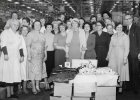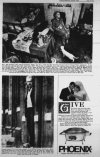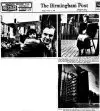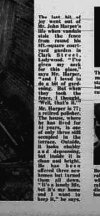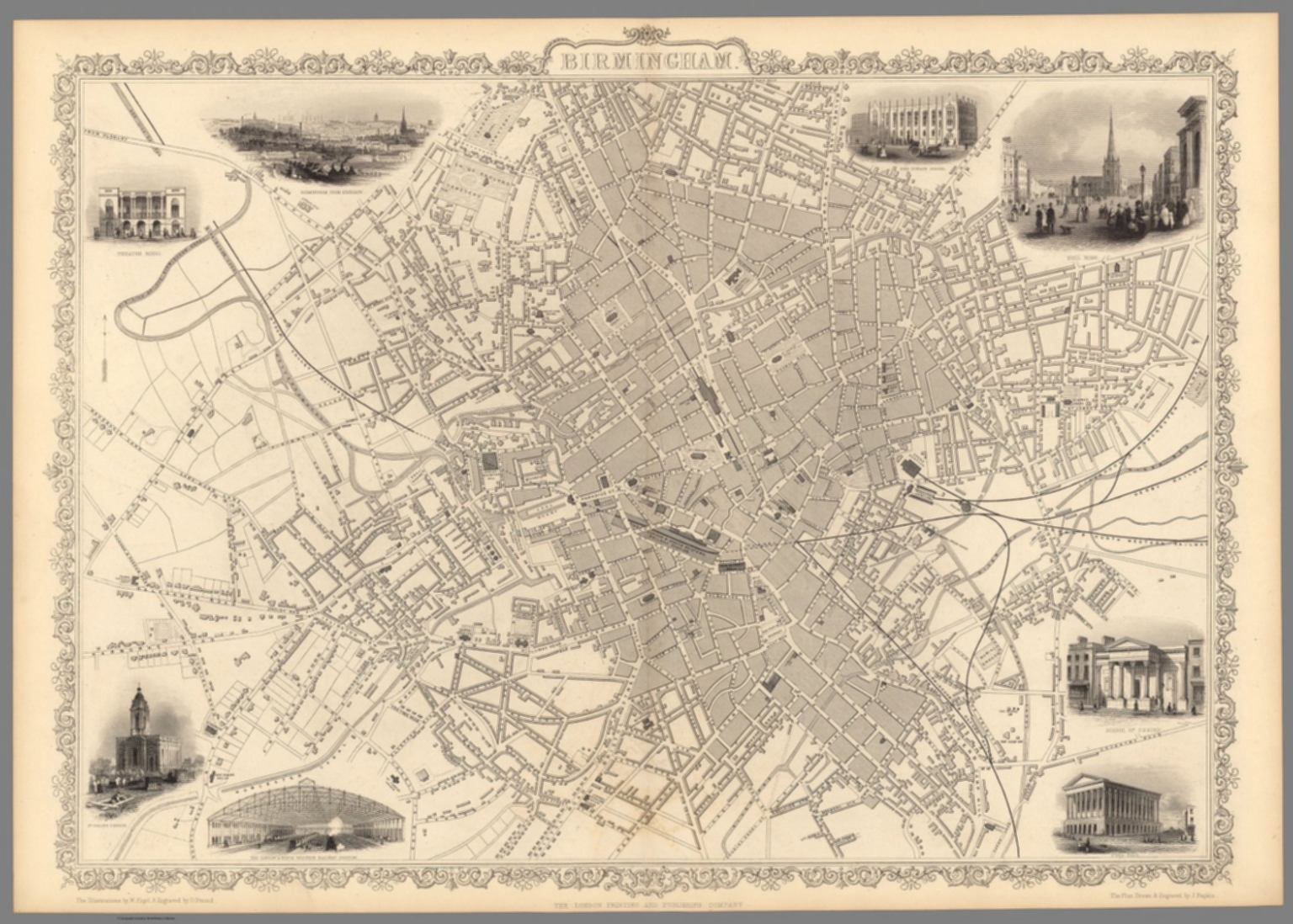Mark Tooze
master brummie
Hi David - glad you found it!! You have to check all photos from surrounding areas - sometimes the squares are in the wrong place - others are from a lower height so you can see far more detail. I recommend a large beer (or 3) and plenty of patience - there are some absolute belters on this site but you have to find them!I found Nelson Street 1937 listed as Summerhill, before I was born but the factory is shown at the back of our house ... really spooky to see it all from the air!
If you fancy a wonder, try Lucas Gt King St, Tyburn Rd, M&B Brewery Cape Hill, Hockey Station / goods yard and New St Station area - all have some stunning photos. Its interesting to compare views from pre and post war - you can then see where the bombs hit. Further afield, Walsall Town Centre, Stratford on Avon and tracing the "bumble hole" line across the Black Country are good too.



